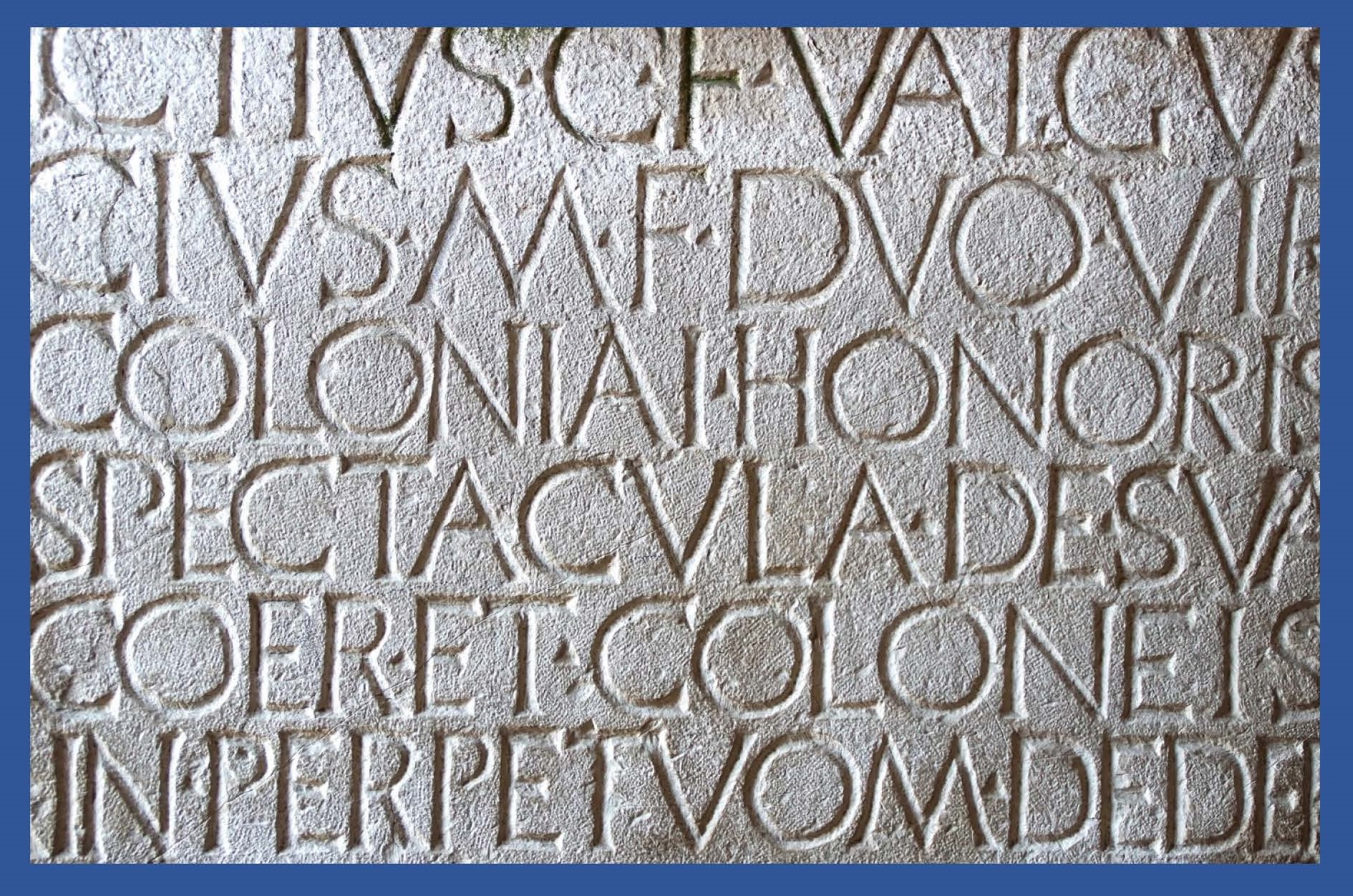El ius Latii y la legislación municipal Flavia
DOI:
https://doi.org/10.25365/wbagon-2020-3-6Schlagworte:
Hispania romana, ius Latii, municipalización, leyes municipales flavias, condición latina provincial, Roman Spain, ius Latii, municipalization, Flavian municipal legislation, provincial Latin condicioAbstract
This paper analyses the relation between ius Latii and municipal legislation. It will include a critical appraisal of the various interpretations currently in use on this issue, and two main ideas are defended. On the one hand, the municipalising capacity of the ius Latii and the existence of a provincial Latin condicio. On the other hand, Flavian municipal laws served primarily both the administrative reorganisation of the municipalities and the enhancement of jurisdictional empowerment at the local level. Finally, there is no evidence to demonstrate a causal relation between the process than turned a peregrine civitas into a municipium (requiring little legal engineering and very few pre-requisites for the affected community), and the later, much more complex, legislative codifications that are the municipal laws.
El presente trabajo analiza la relación entre el ius Latii y la legislación municipal. Se realiza una exposición crítica de las distintas interpretaciones actuales sobre el tema y se defienden dos ideas principales. Por un lado, la capacidad municipalizadora del ius Latii y la existencia de la latinidad ingenua provincial, y por otro que la reorganización administrativa del municipio y la ampliación de su autonomía jurisdiccional son las dos funciones principales de la legislación municipal flavia. Se defiende finalmente que no hay evidencias para establecer una relación causal y necesaria entre el proceso que convierte a una civitas peregrina en municipio (que requiere escasa maquinaria legal y pocos requisitos por parte de la comunidad afectada), y las posteriores y complejas codificaciones legislativas que son las leyes municipales.
Downloads
Veröffentlicht
Ausgabe
Rubrik
Lizenz
Copyright (c) 2020 author

Dieses Werk steht unter der Lizenz Creative Commons Namensnennung 4.0 International.

